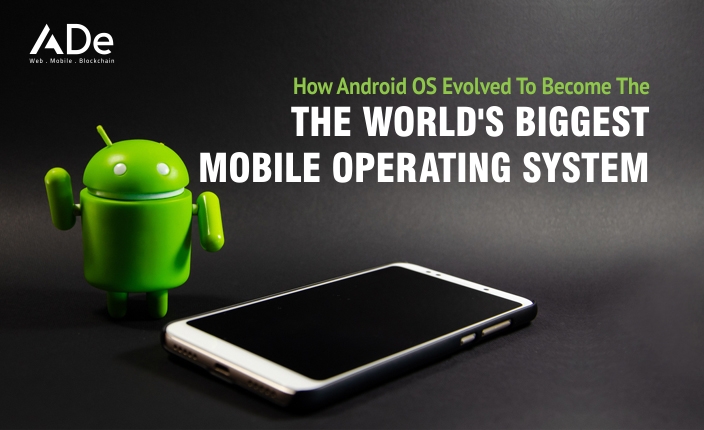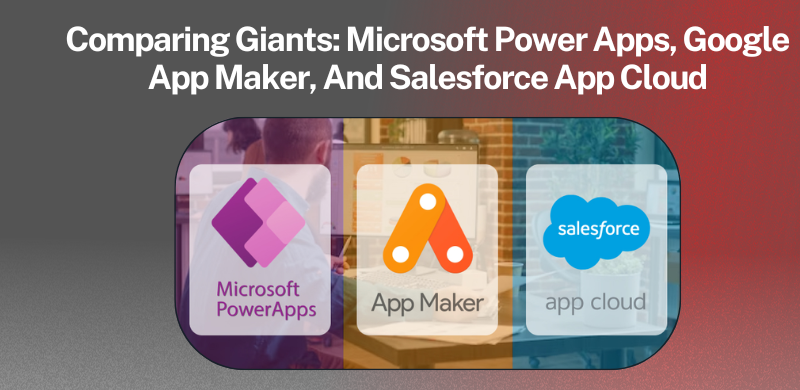Android OS has grown from a small startup project to the biggest mobile operating system used on billions of devices worldwide. In this article, we’ll take a look at how android evolution over the years to become the go-to choice in mobile operating systems and what it offers users now.
Introduction to the android operating system
Android is a mobile operating system (OS) based on the Linux kernel and is currently developed by Google. Android-x86 is an unofficial initiative to port Android to run on devices powered by AMD and Intel x86 processors, rather than RISC-based ARM chips. The first commercially available Android device was the HTC Dream, released on October 22, 2008.
Since then, Android has seen numerous updates which have incrementally improved the operating system, adding new features and fixing bugs in previous releases. Each major release is named after a dessert or sugary treat; for example, version 1.1 was known as “Petit Four” and version 2.2 as “Froyo”, short for frozen yogurt. Currently, the latest stable version is Android 10 “Q”, released on September 3, 2019.
History of Android OS
Android is a mobile operating system developed by Google. It is based on a modified version of the Linux kernel and other open-source software and is designed primarily for touchscreen mobile devices such as smartphones and tablets.
Android’s user interface is mainly based on direct manipulation, using touch gestures that loosely correspond to real-world actions, such as swiping, tapping and pinching, to manipulate on-screen objects, along with a virtual keyboard for text input. In addition to touchscreen devices, Google has further developed Android TV for televisions, Android Auto for cars, and Wear OS for wristwatches, each with a specialized user interface.
Variants of Android are also used on game consoles, digital cameras, PCs and other electronics. Developed by Android Inc., which Google bought in 2005, Android was unveiled in 2007, with the first commercial Android device launched in September 2008. The operating system has since gone through multiple major releases, with the current version being 9 “Pie”, released in August 2018.
Key Milestones in Android’s Evolution
Android mobile operating system developed by Google. Android is based on a modified version of the Linux kernel and other open-source software and is designed primarily for touchscreen mobile devices such as smartphones and tablets. In addition, Google has further developed Android TV for televisions, Android Auto for cars, and Wear OS for wristwatches, each with a specialized user interface.
Version 1.0 (2008): The first commercial version of Android, release 1.0, was launched on September 23, 2008. The first Android device was the HTC Dream.
Version 1.1 (2009): The first minor update to the Android OS was released on February 9, 2009. This update included several bug fixes and performance improvements.
Version 2.0 (2009): The second major version of Android was released on October 26, 2009. This version introduced support for Exchange ActiveSync email and improved the web browser with an updated version of the WebKit engine.
Version 2.2 (2010): Codenamed “Froyo”, this version was released on May 20, 2010, and included several new features such as USB tethering and Wi-Fi hotspot functionality, as well as support for Adobe Flash Player 10.1 in the web browser.
Version 2.3 (2011): Codenamed “Gingerbread”, this release was made available on December 6, 2010, and included several UI improvements and new features such as support for Near Field Communication (NFC).
How Android Gained Popularity
When the first mobile os was introduced as a mobile operating system in 2007, it was not immediately clear that it would become the massive success that it is today. In fact, Android’s early years were marked by a number of false starts and failed attempts to gain traction in the competitive smartphone market. However, through a combination of strong marketing, innovative features, and partnerships with major device manufacturers, Android was able to slowly but surely carve out a place for itself in the market.
Latest mobile os journey to becoming the world’s most popular mobile operating system has been an eventful one. In the early days, Android was seen as a somewhat niche product; something for hobbyists and tech enthusiasts rather than mainstream consumers. This perception began to change in 2010 with the release of the Samsung Galaxy S, which was one of the first Android devices to really showcase the potential of the platform.
Since then, Android has continued to grow in popularity, thanks in part to a series of well-executed marketing campaigns from Google (including the “Droid” campaign) and a string of high-profile partnerships with major device manufacturers such as HTC, LG, and Motorola. These partnerships have helped to ensure that there are always plenty of great Android devices available at all price points, making it easy for consumers to find a handset that suits their needs.
It’s safe to say that Android is now firmly established as one of the leading mobile operating systems on the market, and its continued growth looks set to
Which Devices are running on Android?
As of May 2019, Android is the most popular mobile operating system in the world, with a market share of 75.13%. Android devices come in many different shapes and sizes, from smartphones and tablets to smart watches and TV boxes. There are over 3 billion active Android devices in use worldwide.
Android is a Linux-based operating system for mobile devices that was developed by Google. The first android operating system was the HTC Dream, which was released in 2008. Since then, Android has been continually developed and improved by Google, and it has become the most popular mobile operating system in the world. As of May 2019, there were over 3 billion active Android devices in use worldwide.
Features of the Latest Versions of Android OS
The Android operating system has undergone a number of changes and improvements since it was first introduced in 2008. The latest versions of Android, known as “Android Oreo” and “Android P”, have a number of new and improved features that make them the most advanced and user-friendly mobile operating systems available today.
Some of the most notable features of the latest versions of Android include:
- A redesigned user interface that is more intuitive and easy to use.
- Improved performance and stability thanks to a range of under-the-hood optimizations.
- A new battery management system that helps improve battery life.
- A host of security enhancements that keep your data safe and secure.
- Support for the latest generation of high-speed wireless networks.
- An expanded selection of pre-installed apps and services that make it easy to get started with using your Android device.
Pros and Cons of Using Android OS
When it comes to latest android os version, there is no denying that Android OS is the biggest and most popular one in the world. However, this doesn’t mean that it is perfect and there are still some pros and cons to using it. Let’s take a look at some of the main ones:
PROS:
– Open source – This means that anyone can develop for Android and there are no barriers to entry. This has led to a boom in the number of apps and games available for the platform.
– Customizable – Unlike other mobile operating systems, Android is highly customizable. This means you can change things like the launcher, keyboard, and even the way the interface looks. This level of customization is not possible on other platforms.
– Google services – As Android is developed by Google, all of their services are integrated into the operating system. This includes things like Gmail, Maps, and YouTube.
– Wide range of devices – There are literally thousands of different devices running Android OS. This gives you a lot of choices when it comes to finding a device that suits your needs.
CONS:
– Security concerns – Due to its open-source nature, Android is more susceptible to security threats than other platforms. This is something to be aware of if you are storing sensitive data on your device.
– Fragmentation – Another downside of being open source is that there is a lot of fragmentation in the Android market. This means
Why Choose Us?
Many technologies have the potential to have an impact on the entire World. The use of android evolution can be successful for those who are technical skills. In 2023, there will be a greater emphasis on education and technology in order to advance in the workforce. Application development, managed services, and digital marketing are all excellently provided by Ade Technology. Ade Technology is the top mobile app development company that provides satisfactory results of mobile app development services devoted to assisting our clients in reaching new heights and is passionate about providing excellence. We show a strong commitment to ethical corporate conduct.





